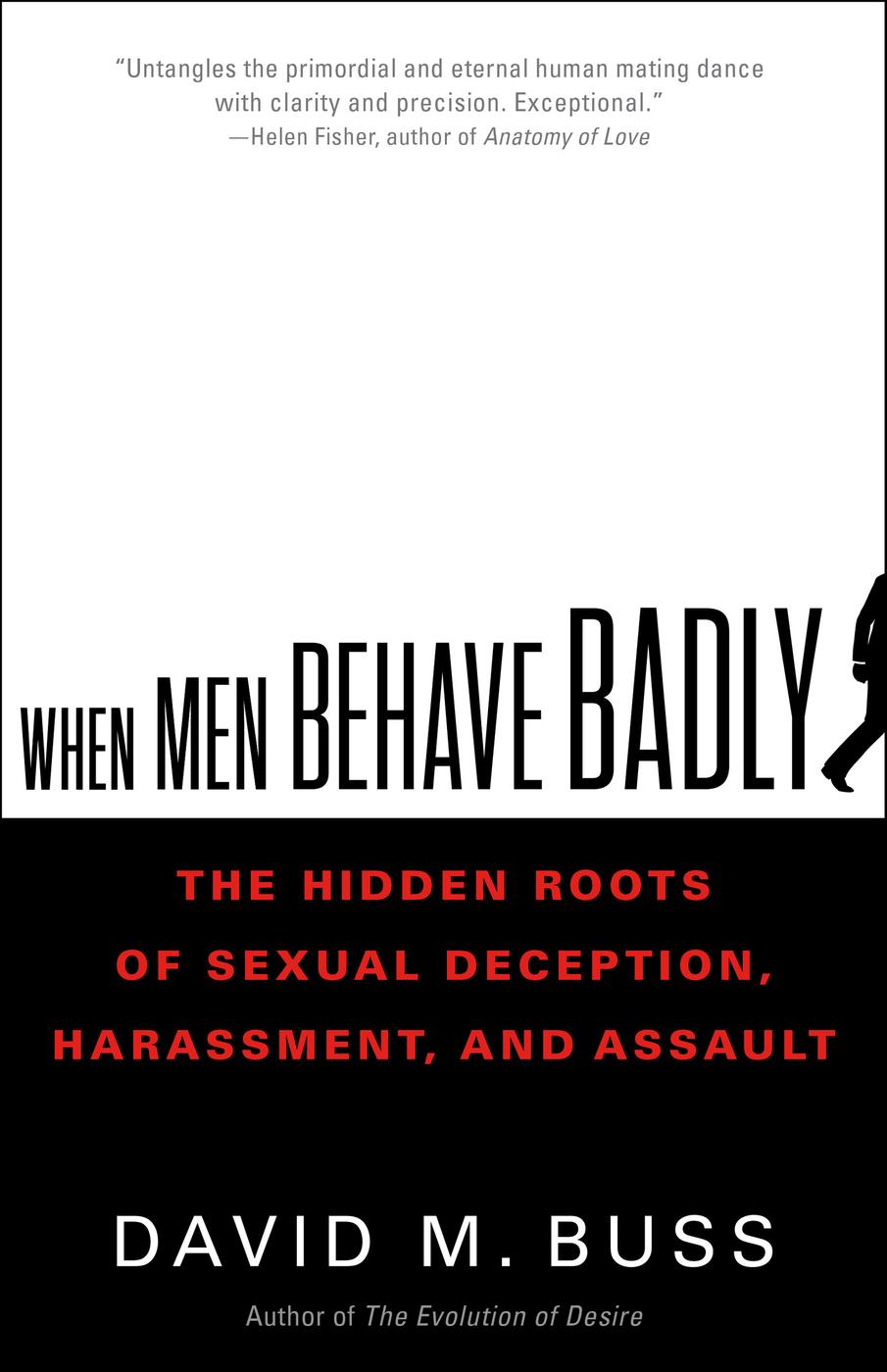
Copyright 2021 by David M. Buss
Cover design by Lauren Harms
Cover copyright 2021 Hachette Book Group, Inc.
Hachette Book Group supports the right to free expression and the value of copyright. The purpose of copyright is to encourage writers and artists to produce the creative works that enrich our culture.
The scanning, uploading, and distribution of this book without permission is a theft of the authors intellectual property. If you would like permission to use material from the book (other than for review purposes), please contact permissions@hbgusa.com. Thank you for your support of the authors rights.
Little, Brown Spark
Hachette Book Group
1290 Avenue of the Americas, New York, NY 10104
littlebrownspark.com
facebook.com/littlebrownspark
twitter.com/lbsparkbooks
First ebook edition: April 2021
Little Brown Spark is an imprint of Little, Brown and Company, a division of Hachette Book Group, Inc. The Little, Brown Spark name and logo are trademarks of Hachette Book Group, Inc.
The publisher is not responsible for websites (or their content) that are not owned by the publisher.
The Hachette Speakers Bureau provides a wide range of authors for speaking events. To find out more, go to hachettespeakersbureau.com or call (866) 376-6591.
ISBN 978-0-316-41937-6
E3-20210322-NF-DA-ORI
Explore book giveaways, sneak peeks, deals, and more.
Tap here to learn more.

Introduction
THIS BOOK UNCOVERS THE HIDDEN roots of sexual conflict. Manifestations of sexual conflict emerge in workplace sexual harassment and in online dating deception. They show up in violence within romantic relationships and in stalking in the aftermath of breakups. And they surface in sexual assaults by strangers, acquaintances, and the ones who profess to love us. Underlying these diverse manifestations of sexual conflict are predictable dynamics that materialize when the two sexes recurrently differ in their optimal mating strategieswhen whats good from a male perspective, for example, differs from whats good from a female perspective. Mating strategy differences set into motion coevolutionary arms races between them. Uncovering the causes of sexual conflict, which stem in large part from evolved sex differences in our underlying sexual psychology, can help us to create cures. My hope is that this knowledge will benefit everyone who has suffered from sexual conflict and who cares about its victims, and that it will ultimately help us to reduce the occurrence of sexual conflict and heal the harms it creates.
Although it is easy when thinking about the battle of the sexes to fall into the trap of thinking about sexual conflict in terms of men as a group against women as a group, an evolutionary perspective illuminates why that framing is misleading. Sexual conflict is mostly about individual men and individual women interfering with each other in ways ranging from deception in internet dating to sexual harassment in the workplace to sexual coercion by strangers, dates, and mates.
This book focuses on sex differences and individual differences among men and among women, so some clarification about these terms is warranted. Biologists define sex by the size of the gametesmales are the ones with the small gametes (sperm) and females are the ones with the large gametes (eggs). This differs from the many meanings attached to the term gender, which include the different cultural meanings, social constructions, and psychological identities attached to males and females. In humans, important sex differences in reproductive biology include the fact that fertilization occurs internally within women, not within men. Women, not men, carry the metabolic costs of pregnancy. Women, not men, have breasts capable of lactation. Men can produce a child with the mere act of sexual intercourse and no further investment. Women require a costly nine months of internal gestation to produce that same child.
These sex differences in reproductive biology have created selection pressure for sex differences in sexual psychology that are often comparable in degree to sex differences in height, weight, upper-body muscle mass, body-fat distribution, testosterone levels, and estrogen production. As we will explore in this book, psychological sex differences show up in mating motivations, such as sex drive and the desire for sexual variety. They show up in the emotions of attraction, lust, arousal, disgust, jealousy, and love. They show up in thought processes, such as sexual fantasies and inferences about other peoples sexual interest. In short, there are evolved sex differences in human sexual strategies, and these differences are key causes of conflict between the sexes.
Within each sex, however, there exist large individual differences. Some men and women have a strong desire for no-strings casual sex; others opt for monogamy with their one and only. Some women and men practice the art of deception in the mating game; others opt for honest courtship. Some people remain sexually faithful; others have affairs whenever the opportunity arises. Some sexually harass co-workers with impunity; others are appalled at workplace misconduct. Because of these profound individual differences within each sex, all statements about sex differences in this book carry the always-necessary qualifier of on average. I trust that the reader will understand this point and infer this qualifier in each instance throughout the book to free the writing of the technically correct but cumbersome insertion of the repetitive phrase on average.
An evolutionary lens helps to identify the specific social circumstances that increase and decrease the likelihood of sexual violations, as well as the specific types of menthe subsets of men marked by the Dark Triad of narcissism, psychopathy, and Machiavellianismin whom a harm-inflicting sexual psychology is strongly activated. Social circumstances influencing sexual conflict include laws regulating sexuality and their enforcement; cultural norms about permissible and impermissible sexual conduct; marriage systems that permit or forbid polygamy; an individuals coalition of kin and friends who can function as bodyguards; the different mating strategies being pursued by individuals within the group; defensive strategies available to potential victims; the ratio of women to men in the relevant mating pool; and many others. One goal of this book is to highlight the social and personal circumstances that reduce or amplify sexual conflict in order to prevent victimization and minimize conflict between the sexes. An evolutionary perspective is not the only one that can help to accomplish these goals, but I believe it provides an important and novel set of tools for doing so.
This book also focuses mostly, although not exclusively, on heterosexual women and men. We now know a great deal scientifically about these populations, but there has been less research on conflicts among gay men and among lesbian women, among bisexuals and pansexuals, and among those across the rainbow of sexual identities and orientations. There is a critical need for research to fill this gap.
To a nontrivial degree, we are all locked in the interior of our own minds. We use introspection about our minds to infer the inner landscape of other minds. Because the sexual minds of men and women differ in some respects, these inferences lead to predictable mind-reading errors. It is my hope that the information in this book helps men and women to obtain a deeper understanding of each others sexual psychology.









